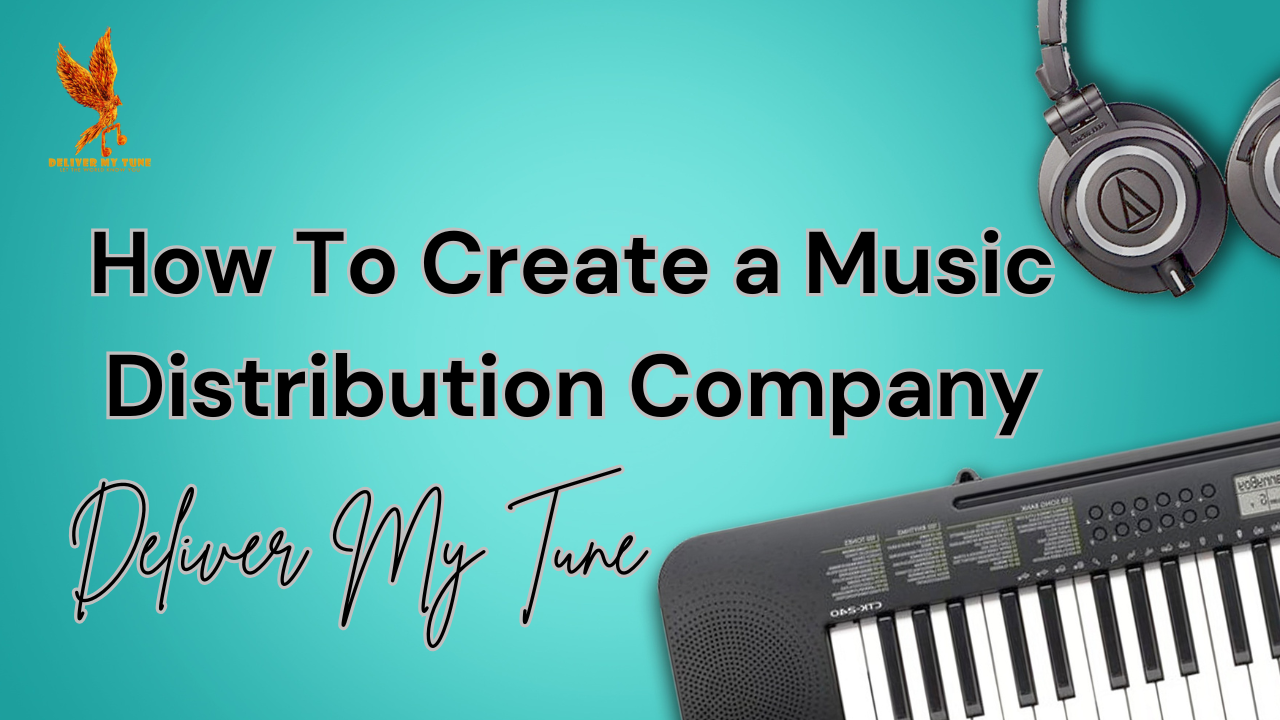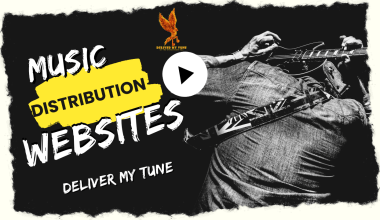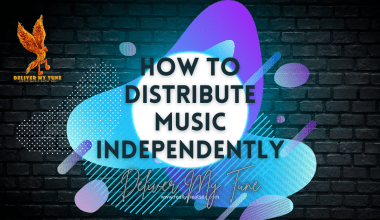The music industry has experienced a seismic shift over the past decade. Gone are the days when physical CDs ruled the market. Today, digital platforms like Spotify, Apple Music, and Amazon Music dominate, making music distribution more accessible than ever. For artists, reaching global audiences is critical, and this opens opportunities for entrepreneurs to establish a successful music distribution company.
If you’re wondering how to create a music distribution company, you’re in the right place. In this comprehensive guide, we’ll explore everything from market research to legal formalities, platform development, marketing strategies, and scaling your business.
Why Start a Music Distribution Company?
With music streaming platforms raking in billions, the digital music market is flourishing. Here’s why starting a music distribution company is a smart move:
- Global Demand: Artists seek affordable ways to distribute their music worldwide.
- Revenue Potential: Distribution fees, royalties, and value-added services offer multiple income streams.
- Empower Independent Artists: You can help independent musicians bypass traditional barriers and reach audiences directly.
This business isn’t just lucrative; it’s impactful, allowing you to contribute to the creative economy.
Step 1: Grasp the Basics of Music Distribution
Understanding how music distribution works is the foundation of your business. Distribution involves getting music onto platforms where listeners can stream, purchase, or download it.
Types of Distribution Models
- Aggregator Distribution: Platforms like TuneCore and CD Baby distribute music to digital stores on behalf of artists.
- Label Distribution: Larger distributors work directly with labels to release albums globally.
- Direct-to-Fan Distribution: Platforms like Bandcamp allow artists to sell music directly to fans.
Explore these models and decide where your company fits in the landscape.
Step 2: Conduct In-Depth Market Research
Research forms the cornerstone of any successful business. For a music distribution company, this means understanding trends, identifying competitors, and pinpointing gaps in the market.
Actionable Research Steps:
- Study Competitors: Analyze services offered by companies like DistroKid, Amuse, or Ditto Music.
- Target Audience Analysis: Are you catering to independent artists, labels, or both?
- Emerging Trends: Keep track of rising genres, streaming habits, and the growing demand for artist-centric tools like analytics dashboards.
Pro Tip:
Utilize tools like Spotify for Artists or YouTube Analytics to uncover audience data and build a compelling value proposition.
Step 3: Develop a Solid Business Plan
A detailed business plan is your roadmap to success. It not only helps you stay focused but also attracts investors.
Key Elements of Your Plan:
- Mission Statement: For example, “To empower independent artists with seamless music distribution and fair royalties.”
- Services Offered: Include distribution, AI mastering, portfolio creation, and playlist pitching.
- Revenue Streams:
- Subscription fees for artists.
- Pay-per-upload pricing.
- Licensing and sync deals for commercials, movies, and games.
Include projections for expenses and profits to ensure financial feasibility.
Step 4: Handle Licensing and Legal Requirements
Legal formalities are a critical step when you’re learning how to create a music distribution company.
Essential Legal Steps:
- Register Your Business: Choose a suitable structure (LLP, Pvt Ltd, or LLC).
- Music Licensing: Obtain licenses to distribute copyrighted music. This may include performance rights and mechanical rights.
- Contracts: Create clear contracts to define revenue splits, distribution timelines, and ownership rights.
Common Licensing Bodies to Work With:
- PRS for Music (UK): For public performance rights.
- ASCAP/BMI (US): To license compositions.
- SoundExchange: For digital performance royalties.
Step 5: Build a Scalable Technology Platform
A user-friendly and robust platform is the backbone of your music distribution business. This is where artists will upload tracks, track royalties, and analyze performance metrics.
Features Your Platform Should Have:
- Royalty Tracking: Allow artists to see detailed earnings reports.
- API Integration: Automate distribution to Spotify, Apple Music, and other platforms.
- Secure Storage: Ensure uploaded files are encrypted to avoid data breaches.
- Metadata Management: Support accurate tagging of song details, essential for playlisting and search.
Pro Tip:
Hire experienced developers to build an intuitive interface with scalable back-end support.
Step 6: Secure Partnerships with Streaming Platforms
To distribute music, you’ll need agreements with platforms like Spotify, Amazon Music, and Apple Music. Each platform has technical and legal requirements.
Steps to Partner Successfully:
- Follow Submission Guidelines: Platforms like Apple Music have specific metadata and quality requirements.
- Provide High-Quality Content: Poor-quality audio or metadata errors can delay approvals.
- Maintain Compliance: Keep up with evolving platform policies to avoid disruptions.
Step 7: Create a Killer Marketing Strategy
Marketing is how you attract both artists and listeners to your platform. Without visibility, even the best services won’t succeed.
Effective Marketing Channels:
- Social Media: Use Instagram and YouTube to share success stories and artist interviews.
- SEO and Content Marketing: Target keywords like “how to distribute music” and “music distribution for independent artists.”
- Influencer Partnerships: Collaborate with music influencers to boost credibility.
Content Ideas:
- Blog posts on industry trends.
- Tutorials for artists on how to optimize their releases.
- Case studies of successful artists on your platform.
Step 8: Offer Value-Added Services
To stand out, provide more than just distribution. Add value by offering services that empower artists.
Popular Services to Consider:
- AI Mastering: Affordable, professional-quality mastering for tracks.
- Playlist Pitching: Help artists get featured on high-profile playlists.
- Artist Portfolios: Build mini-websites showcasing their music and journey.
- Social Media Management: Assist artists in maintaining active and engaging profiles.
By diversifying your offerings, you’ll increase customer retention and revenue streams.
Step 9: Set Up a Competitive Pricing Model
Your pricing strategy can make or break your business. Keep your rates competitive while ensuring profitability.
Common Pricing Models:
- Flat Subscription Fee: A monthly or yearly rate for unlimited uploads.
- Pay-Per-Release: Charge artists per track or album uploaded.
- Royalty Sharing: Take a small percentage of royalties earned on distributed tracks.
Example Pricing (India Context):
- ₹1,999/- for single track distribution.
- ₹9,999/- for album distribution with AI mastering.
Keep in mind the affordability of your target market.
Step 10: Scale Your Business
Once your company is operational, focus on scaling to achieve sustainable growth.
Growth Strategies:
- Global Expansion: Offer multilingual platforms to cater to diverse markets.
- Automation: Use AI tools to handle repetitive tasks like reporting and metadata checks.
- Networking: Collaborate with record labels, studios, and artist collectives.
Common Challenges in the Industry
Running a music distribution company comes with its share of hurdles. Here’s how to overcome them:
Challenge 1: Intense Competition
Solution: Focus on niche services like regional music or upcoming genres.
Challenge 2: Technical Issues
Solution: Invest in a dedicated tech support team.
Challenge 3: Artist Retention
Solution: Regularly engage with artists via webinars, exclusive offers, and personalized support.
Case Study: Deliver My Tune
Deliver My Tune is a real-world example of a company simplifying music distribution. By focusing on transparency, fair royalties, and add-on services like AI mastering, it has carved out a unique niche in a competitive industry.
Conclusion
Starting a music distribution company is both challenging and rewarding. With careful planning, a strong technological foundation, and strategic partnerships, you can build a business that supports artists and generates substantial profits.
Related Articles:
For further reading, explore these related articles:
- Eight Affordable Audio Interfaces in 2024 for Aspiring Musicians
- How Digital Music Distribution Has Made It Easy to Sell Music
- How to Build a Music Portfolio Online
For additional resources on music marketing and distribution, visit Deliver My Tune.





